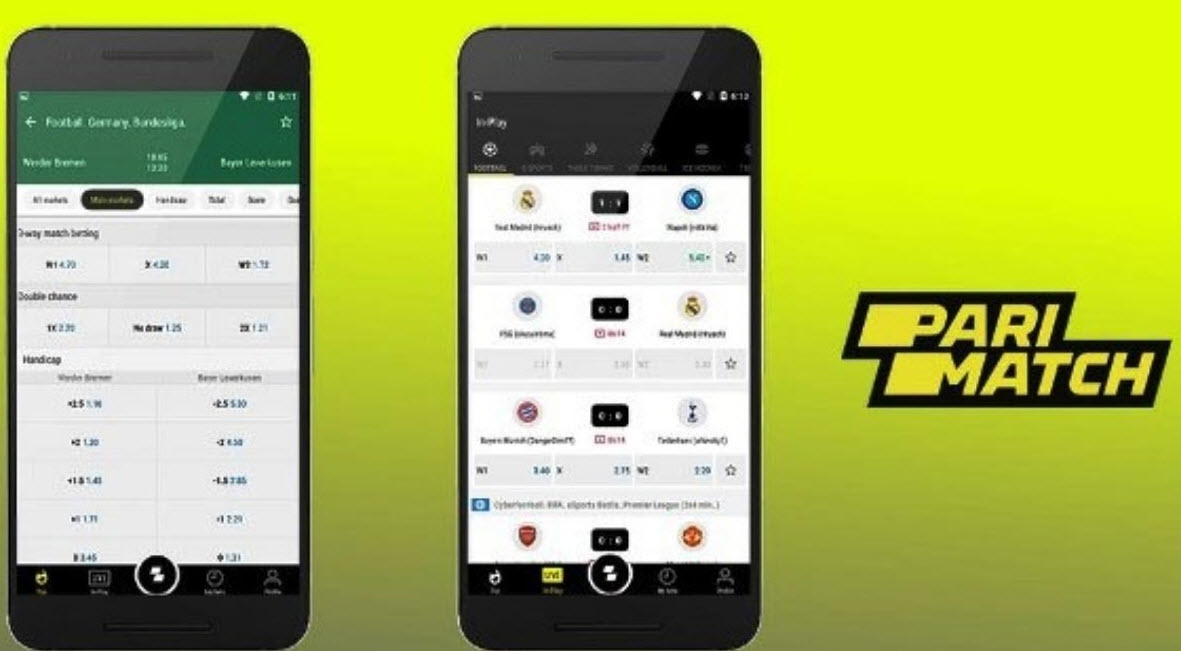
Covid-19 had the entire world in its grip. Businesses slowed down, economic activities came to a halt, and consumer spending was seen declining in various sectors. But one industry that managed to thrive despite the catastrophe caused by the pandemic is the global eSports industry.
With the norms of social distancing, the lockdown of offices, and other entertainment avenues, people were desperate for a new way to entertain themselves. The COVID-19 lockdowns have boosted user engagement with video games and eSports. Regular updates on Twitch Stats were the evidence of this. Gaming offered an engaging distraction for the people locked at home, and the numbers show some promising growth in playing time and sales. Revenues for many gaming companies and platforms have amplified during the pandemic.
Let’s look at how COVID-19 has impacted the gaming and esports industry and what the future looks like for the industry in the coming times.
The rising popularity of gaming and esports because of COVID-19
The lockdown has unexpectedly boosted user engagement and added new players in the base. According to the estimates, the global video game market is forecast to be worth 159 billion dollars in 2020; this is four times the box office revenue and almost three times the music industry’s revenue.
A separate category of gaming, eSports refers to organized multiplayer competitions, forecasting to grow to a billion-dollar industry. For instance, some League of legends players even ask for lol coaching to help them improve their game.
Tech giants of the video game industry like Microsoft, Nintendo, Twitch and Activision have bloomed during the pandemic. In April 2020, Microsoft announced that the number of subscribers to its game pass service (Think Netflix but for gaming) reached ten million, adding that there was an increase in the engagement in the multiplayer games by 130-percent.
Nintendo disclosed that sales of its Switch console were up by 24%. ‘Animal Crossing; New Horizons’ the new game by Nintendo sold 13.5 million copies.
Read the detail guide here on how to to get instant Twitch followers.
Not only that the engagement numbers also looked good, but also Twitch, the most famous video game streaming platform, saw 1.49 billion gaming hours watched in April 2020 – a 50% increase since the lockdown.
Normalization of E-sports: a substitute for the sports
Another noticeable trend is the eSports industry evolving into the mainstream. Over the months, the rising popularity of video games has also buoyed eSports, as cable networks try to fill airtime that once belonged to sports programming. Officially licensed video games of Major League Baseball, the NBA, NFL, FIFA, Formula 1 and NASCAR have aired on, variously, Fox, Fox Sports, NBC, ESPN and ESPN 2 during prime slots over the past few weeks.
E-sports betting is also seeing the rise like sports betting. Many genuine casino websites and gambling websites take bets on eSports tournaments. If you are looking for reviews or are interested in eSports betting, visit trusted platforms such as AskGamblers and explore reviews and recommendations of genuine online casinos and betting websites.
The business model of the gaming industry
As of now, the revenues in the gaming industry are entirely driven by consumer spending. What consumers pay to buy the games or tools is what drives the industry. However, recent years have seen the business model of the gaming industry evolve.
The trends show that the consumers today buy fewer games, but spend more time with those games. It shifts the revenue model from a single unit revenue model to a recurring revenue model generated by active users’ loyal base. The industry now seems focused on increasing engagement per user.
Along with making video games as engaging and alluring as possible, the industry is also looking to adopt in-app monetization opportunities. This additional downloadable content can include expansion packs, new features and exciting tools, character upgrades and loot boxes (think lottery for virtual items).
When it comes to eSports, however, the business model closely follows professional sports – with majority revenue coming in from advertising and broadcasting.
Challenges, delays, hardships and comprises
Although the picture looks suitable for the gaming industry, it has its fair share of challenges. To start with, pandemic has comprised the release timelines of games like “Valorant” as they could not do the voice-overs as recording studios were closed.
Increased stress on internet servers was another setback faced by the industry. Travel bans and shipping delays post other obstacles for the industry. The supply chain issue due to the lockdown caused by the virus delayed the manufacturing of Nintendo’s Switch console.
Another part of the industry affected by the pandemic is the eSports. With its dependence on live events, the eSports industry is severely hit by the gaming industry’s pandemic. Most esports events around the globe have been cancelled or postponed, and some are taking place without the audience which made eSports lose its impact.
The picture in the long run
Let us look at the broader picture, trends that we are experiencing right now, and what looks like it might continue down the lane.
Rise in mobile gaming and cloud-based platforms
The growing interest in gaming in tandem with improvements to gaming hardware, bandwidth and mobile internet will accelerate the delivery of games. It can be done through mobile and cloud platforms. This will give high-quality games more accessible to masses and players who are not professional gamers.
Even the blockbuster titles are now available on mobile devices. On the other hand, Cloud technology will enable players to play streamed games across devices, often without the need for any expensive hardware.
Mobile gaming has already received significant momentum; about 48% of the video gaming industry’s revenue comes from mobile gaming. And this trend is only expected to increase.
Widening of monetization avenues through subscription and free-to-play models
Subscription models like game pass service provide a reliable path to monetization for smaller games that otherwise might lack the marketing needed to break into the mainstream. Demand for ultra-high-end gaming is likely to remain popular.
Still, subscription services like Arcade provide gamers with an extensive library of video games – which can be often played without the need for advanced hardware.
Also free to play games enable developers to make money without having to convince players for upfront purchases. Instead, they offer opportunities within the game selling opportunities.
Buffet models are likely to increase the consumption rate, according to reports by Microsoft, subscription gamers increase playtime by up to 40%. It is no secret that cheaper forms of entertainment prospers during recessions.
Increase its partnership with other entertainment sectors
Some video games become so widespread that they spill over into cultural discourse. A good example would be a concert hosted by Epic Game’s Fortnite – that hosted an in-game concert by Travis Scott that attracted over 12 million concurrent views from players.
You may also like:- Parimatch App – Bonuses | Registration | Online Betting
- Demystifying Progressive Jackpots: How Slot Players Chase Life-Changing Wins
- Behind the Scenes: A Look into the Development of Popular Online Slot Titles
- Discover the Hottest Online Casino Games in India Right Now
- Lucky Jet Online India and Responsible Gaming: Navigating the Thrills Safely
- Pocket Casinos: How Smartphone Slots are Changing the Game in South East Asia
- You Sure On Want To Play These Innovative Casino Games
- Dating Application Security: Protecting Your Privacy in the World of Digital Love
- Hugewin Casino for Beginners: How to Start Playing Without Mistakes
- The Definitive Guide to 1xBet








